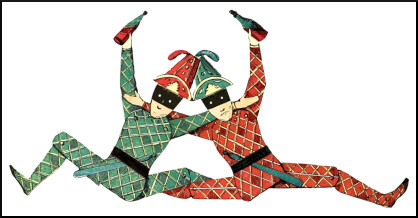Benjamin Franklin? John Ruskin? Harry Emerson Fosdick? Mae A. Byrnes? Dan Crawford? Anonymous?

Question for Quote Investigator: An individual who is self-absorbed typically experiences a diminished life and does not achieve great renown. Here are four versions of a figurative saying on this theme:
- A man wrapped up in himself makes a very small bundle.
- A person all wrapped up in herself makes a pretty small package.
- When a man is wrapped up in himself, he makes a very small parcel.
- People who are entirely wrapped up in themselves make pretty small packages.
This expression has been attributed to U.S. statesman Benjamin Franklin, English art critic John Ruskin, and U.S. pastor Harry Emerson Fosdick.
Reply from Quote Investigator: QI has found no substantive evidence that this expression was used by Benjamin Franklin or John Ruskin. It was employed by Harry Emerson Fosdick by 1942, but only after it had been circulating for decades.
This saying is difficult to trace because it can be phrased in many different ways. The earliest instances located by QI were anonymous. A comical precursor evincing disdain for the self-absorbed appeared in a Nebraska newspaper in 1899. Emphasis added to excerpts:1
People who are all wrapped up in themselves ought to be bundled off together.
In 1904 a match occurred for the saying in a Clarksville, Tennessee. newspaper. The anonymous statement appeared together with miscellaneous items under the title “Bubbles”. The word “small” was absent:2
People who are wrapped up in themselves are bound to be bundles of self conceit.
Five days later the same statement appeared in an Okolona, Mississippi newspaper under the title “Gathered Gems”.3
Below are additional selected citations in chronological order.
Continue reading “Quote Origin: A Man Wrapped Up in Himself Makes a Very Small Bundle”







